Using solar energy, water, and lunar soil, scientists were able to carry out reactions needed to sustain human life on the Moon.
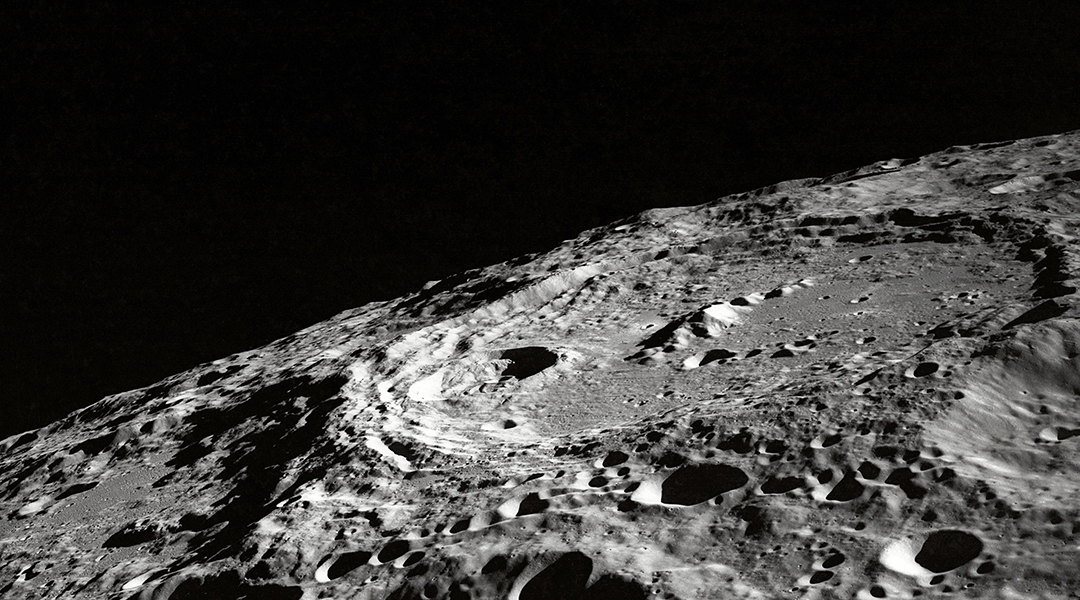

Using solar energy, water, and lunar soil, scientists were able to carry out reactions needed to sustain human life on the Moon.

Chicken feathers enhance the quality of biogas produced from human waste, allowing impoverished communities to generate their own power.
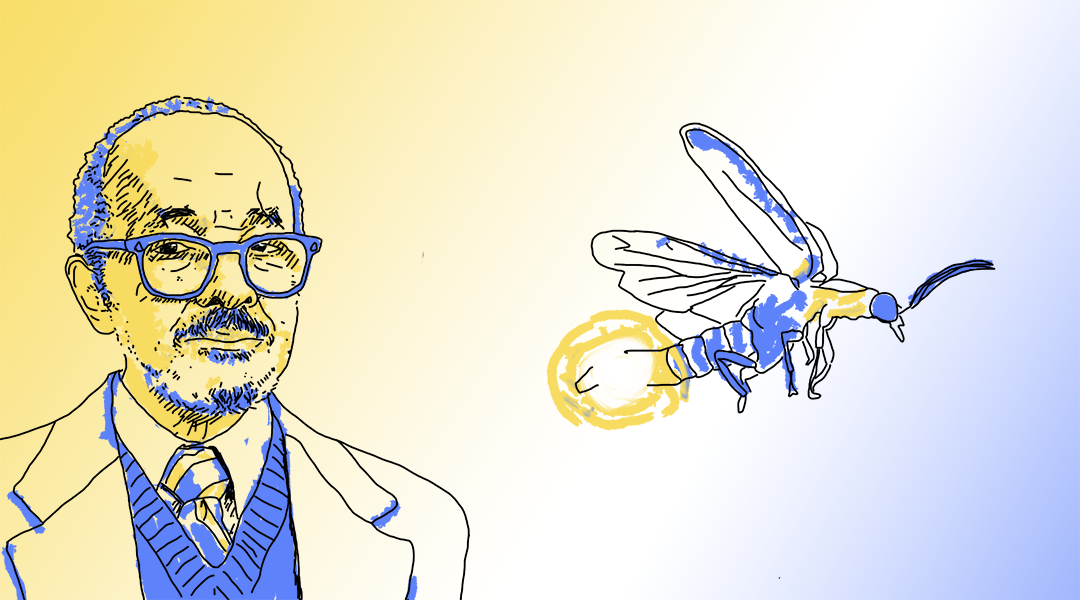
Biochemist and astrobiologist Emmett Chappelle created a simple means of identifying life and opened a new world for fluorescence testing.
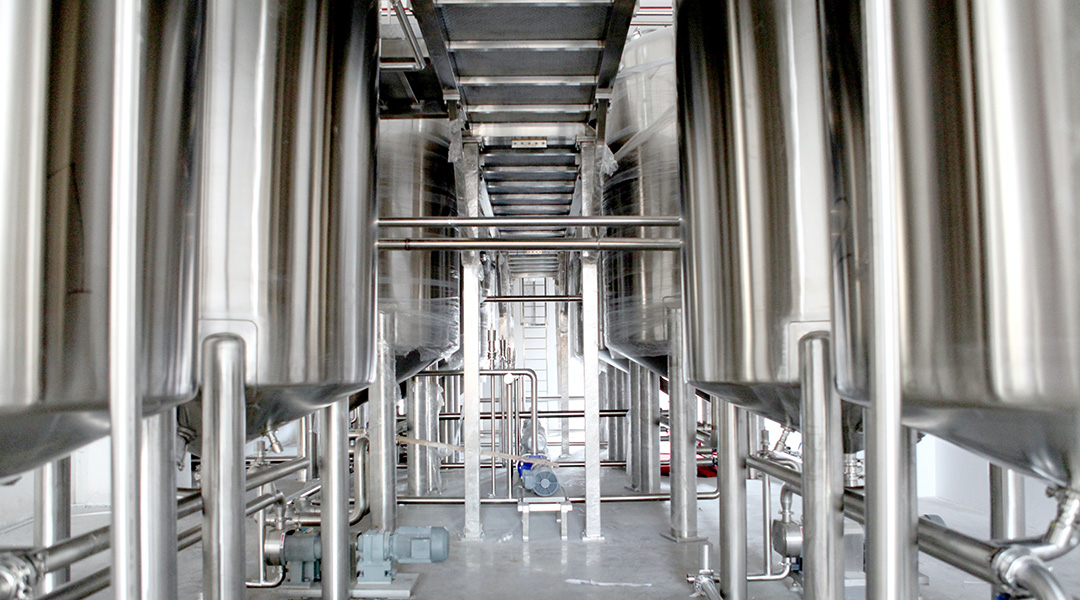
A new chemical looping approach helps optimize the Ostwald reaction, making the production of nitric acid a little “greener”.
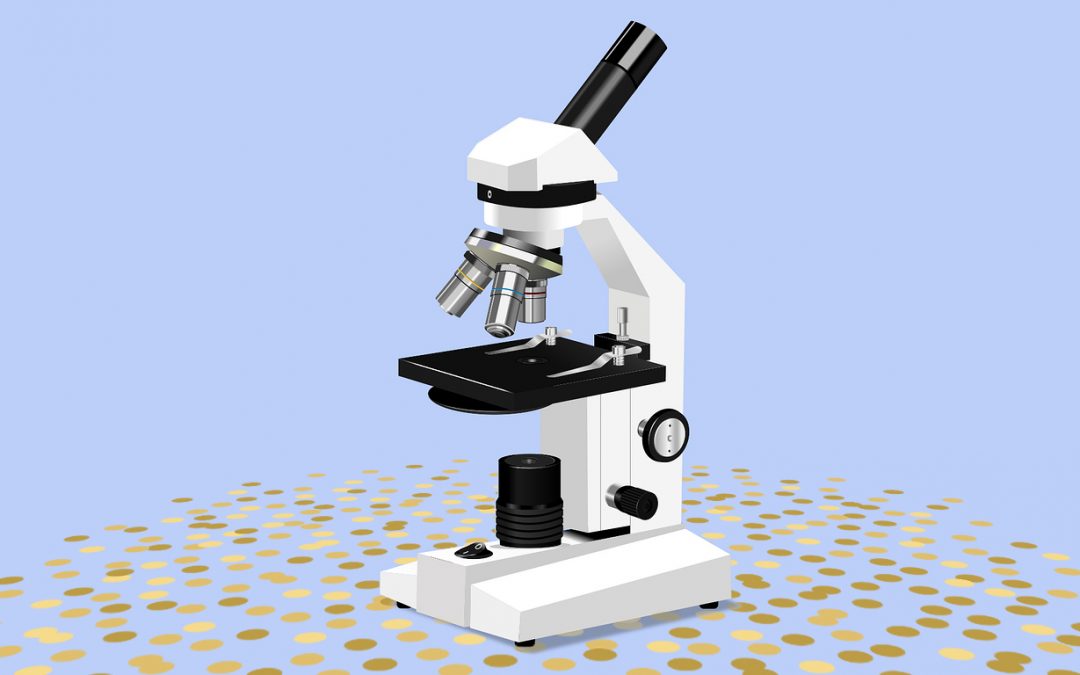
Catch up on some of the most exciting and impactful developments in science from this year, published on ASN and selected by our editors.
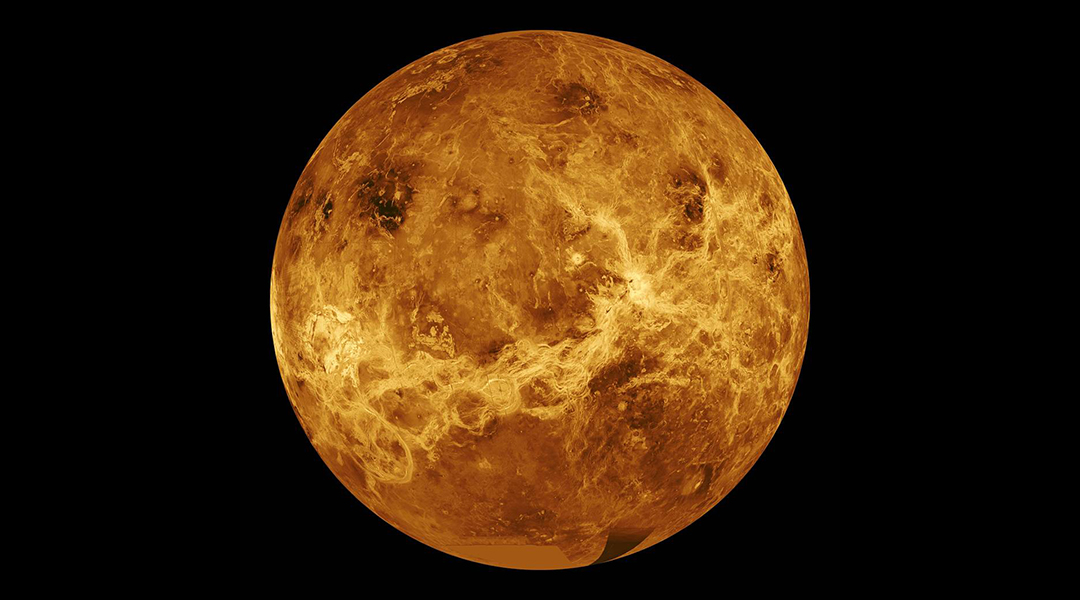
New research on Venus reveals how large impacts from rocky bodies may have altered its development during planetary infancy.
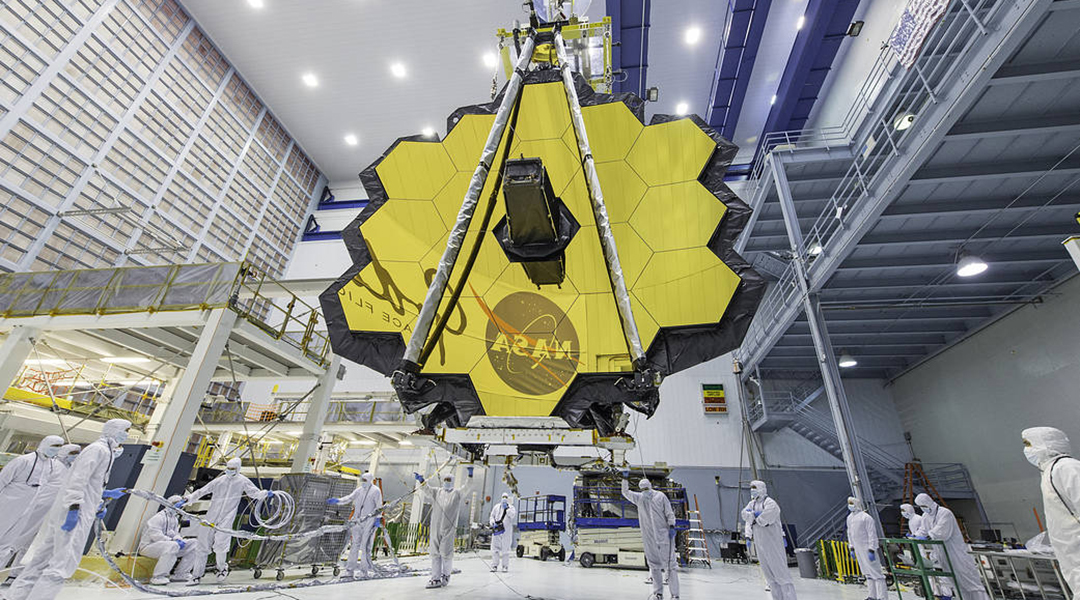
The new James Webb Space Telescope will collect infrared light from distant corners of the cosmos, enabling scientists to see further than ever before.

A biorefinery built on the Red Planet could help produce rocket fuel required for a return journey, but some snags need to be worked through first.
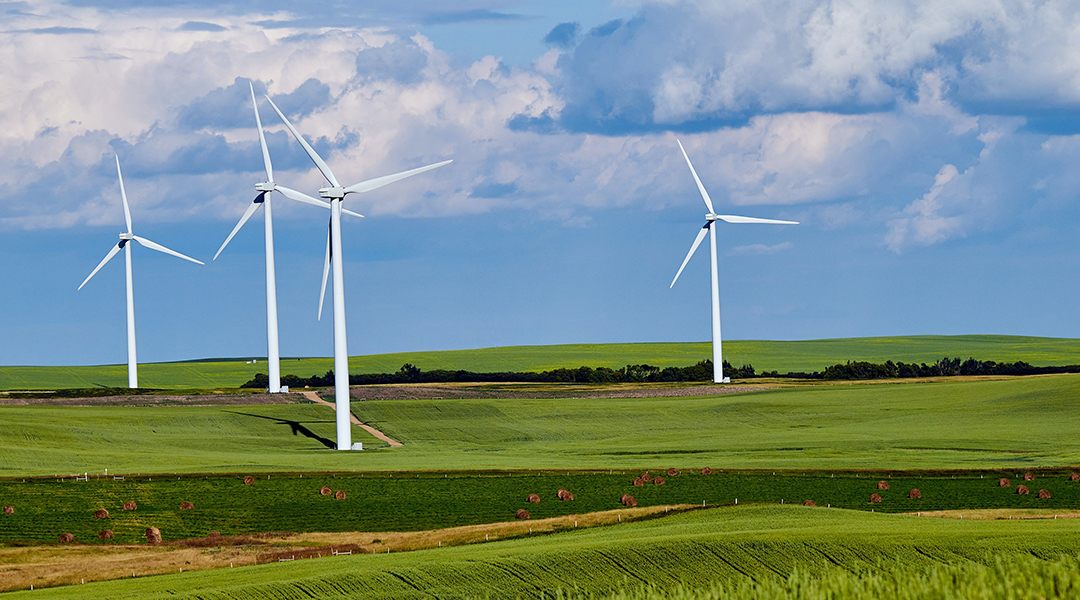
With questions centered around cost and how long the transition will take, how do we convince people that the transition to renewables will be worth it?

There needs to be more transparency to judge how diligent our governments, corporations, industries, and power generators are really faring in the green energy transition.